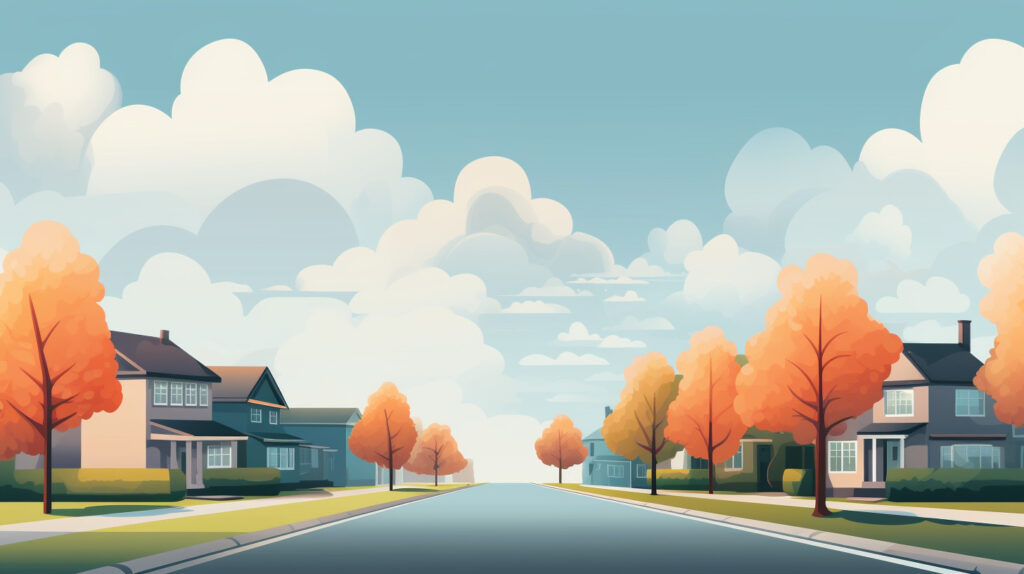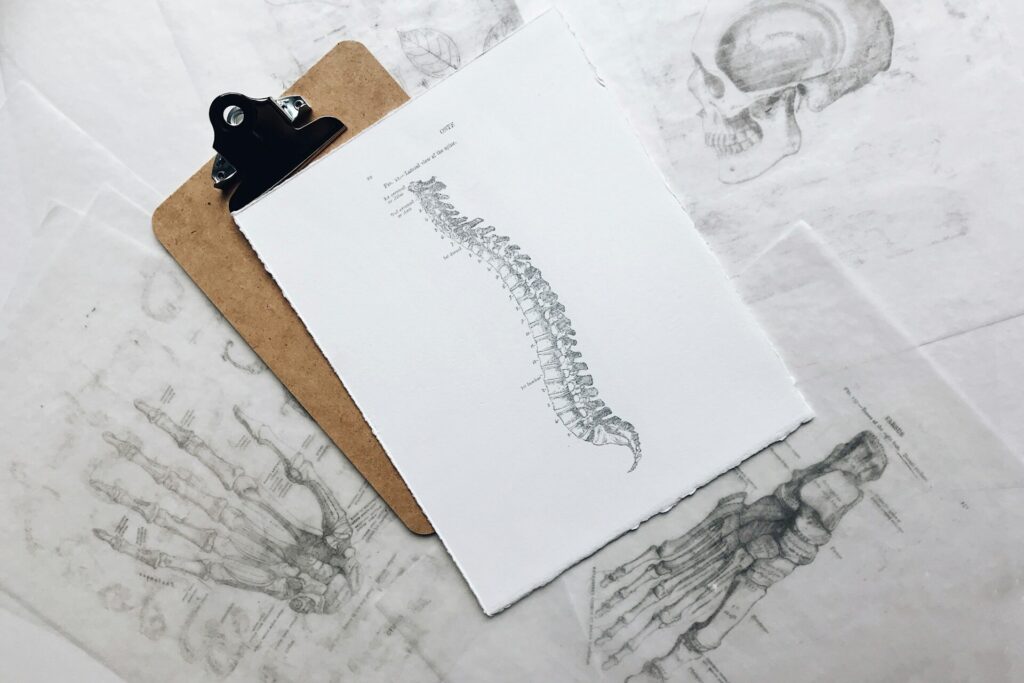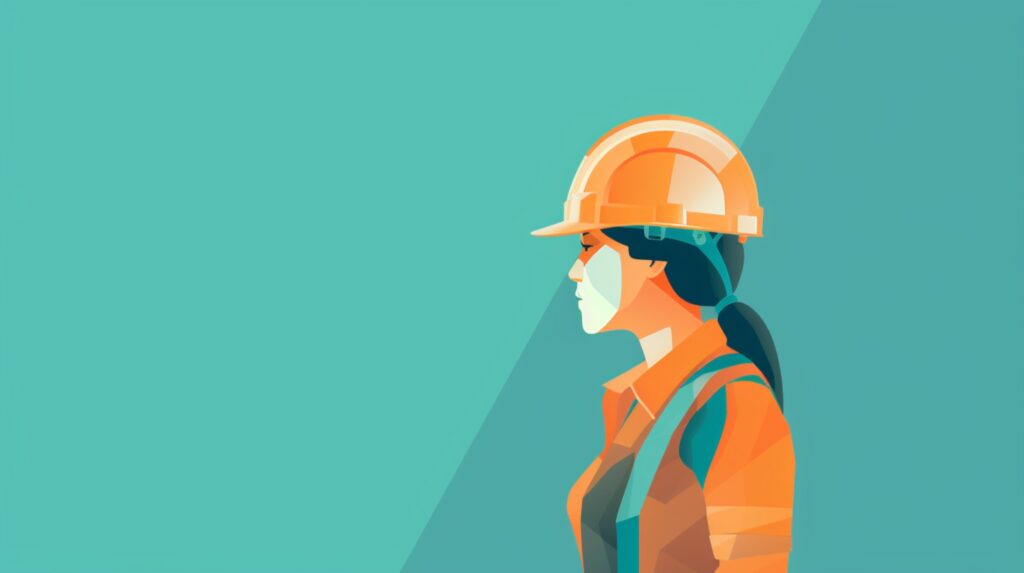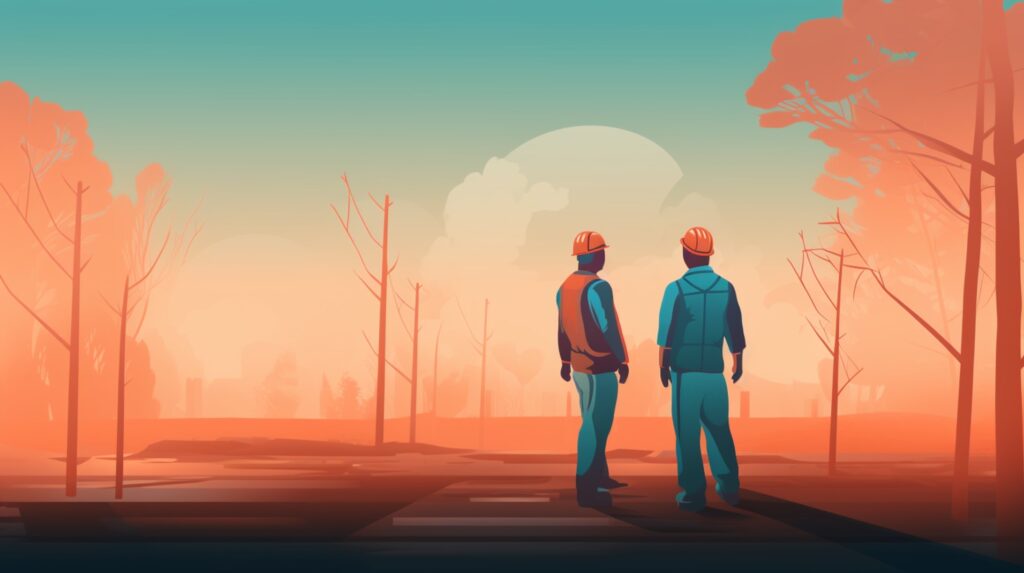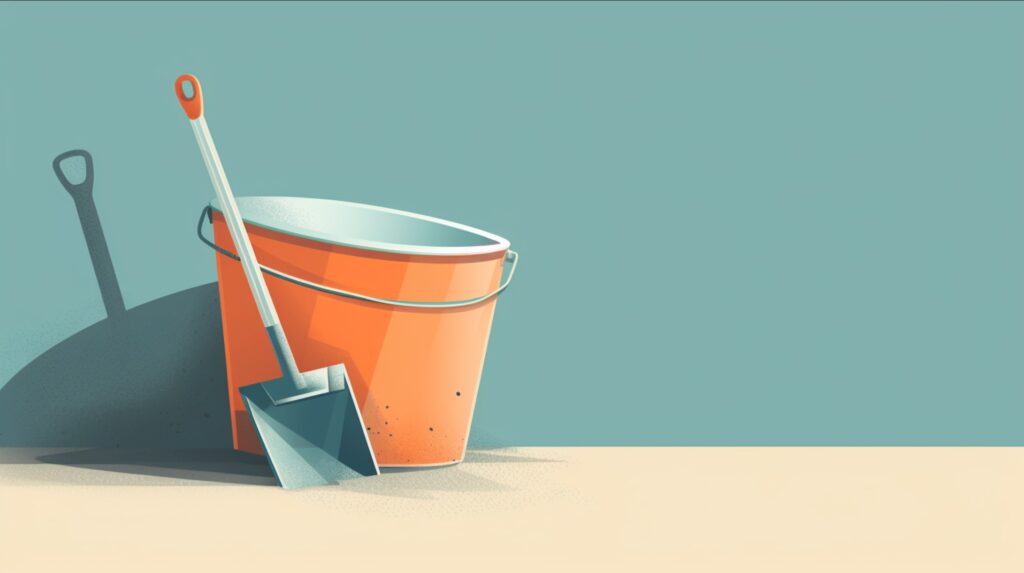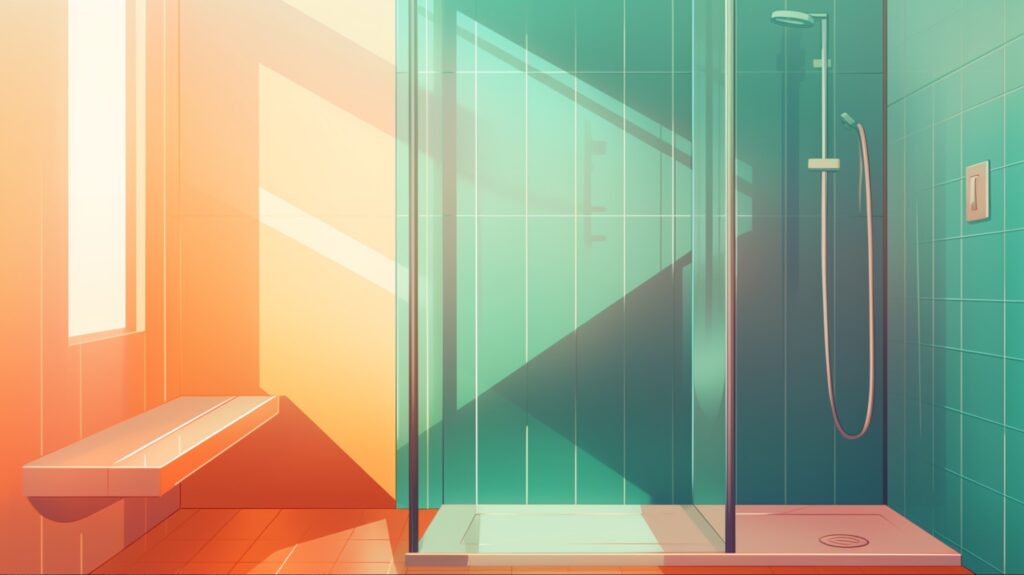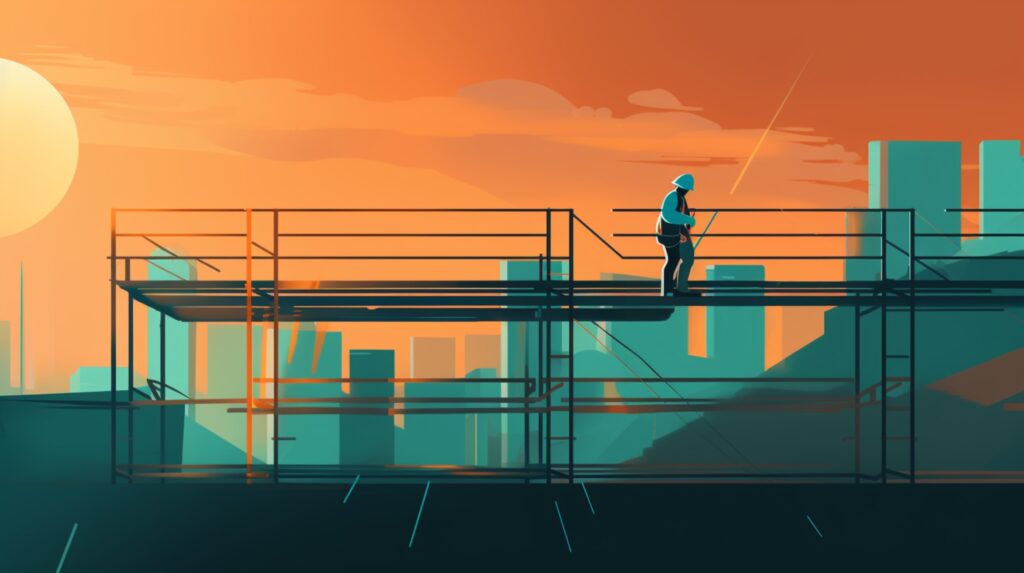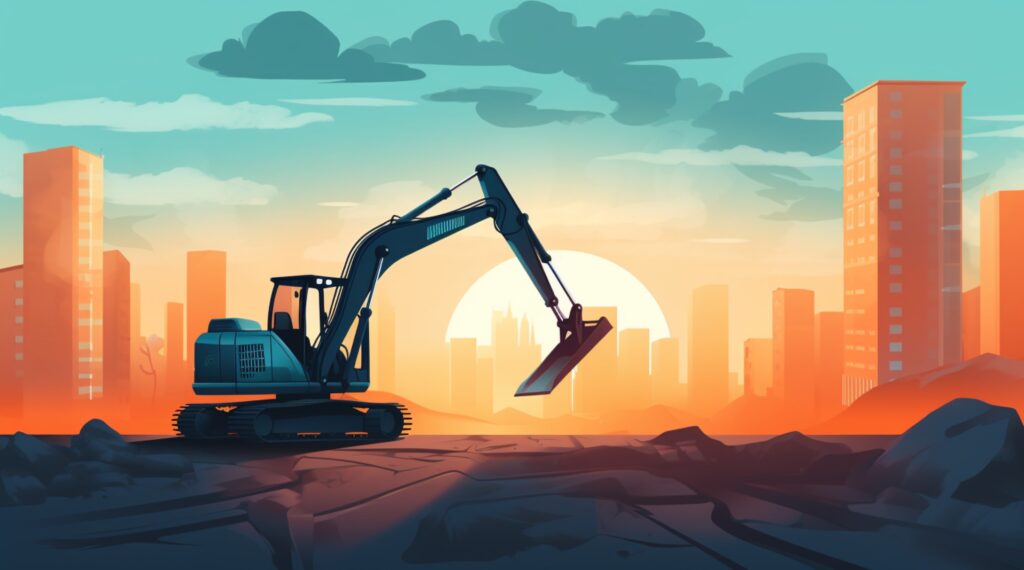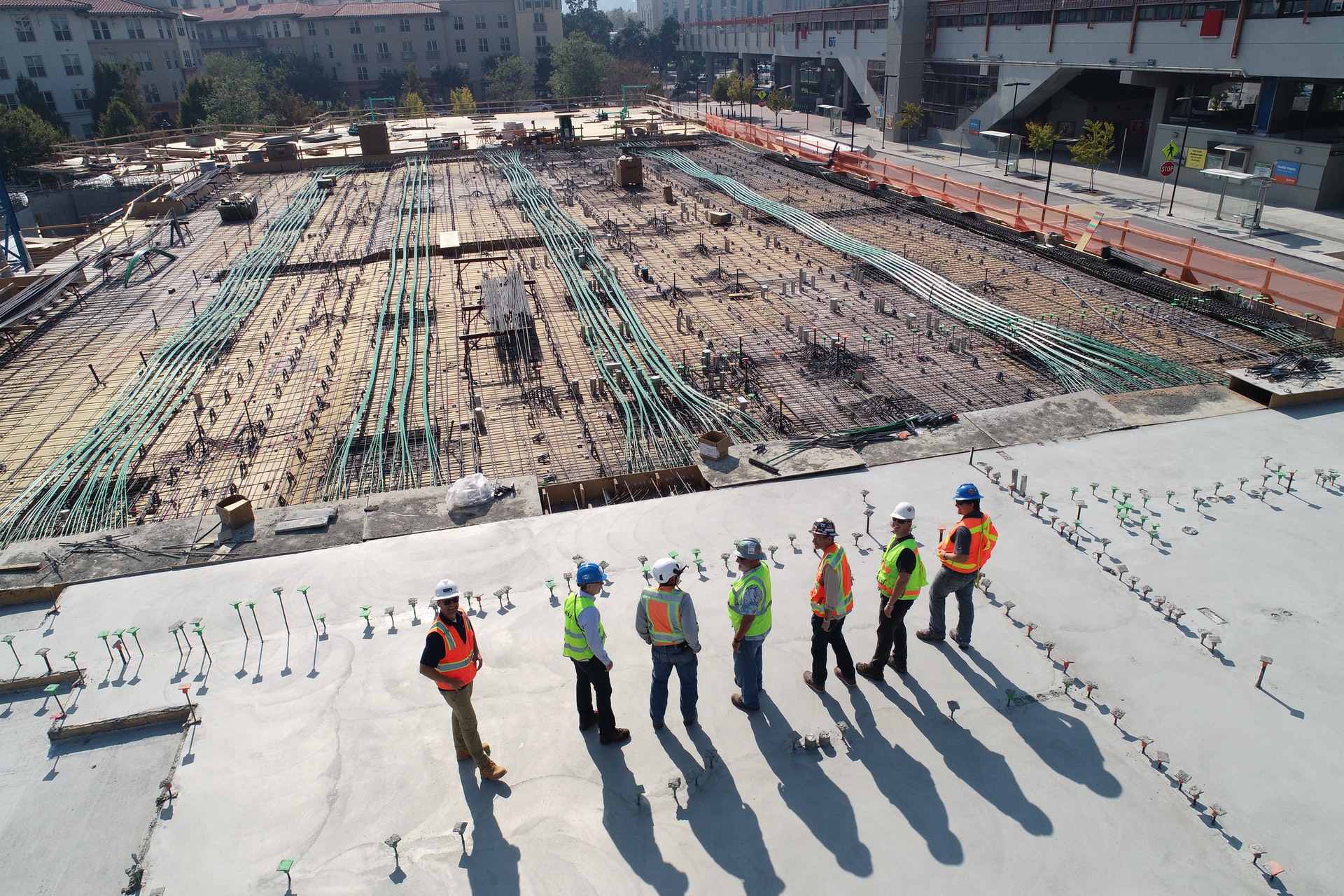
We are reader-supported. When you buy through links on our site, we may earn an affiliate commission.
Nearly any human activity entails some risk. However, people in the construction trades run higher risks of life-changing injuries, and knowing how to prevent construction hazards is better than addressing them once they occur.
What should those in the trades know to keep themselves safe? Here are the most common hazards in construction and how to avoid them.
1. Slips and Falls
According to the Occupational Safety and Health Administration, falls are the leading cause of construction deaths, causing over 350 fatalities in 2020 alone. These injuries can occur on nearly any job site, not only on skyscrapers where workers take lunch sitting on steel beams. For example, spilled oil, water or chemicals can pose falling hazards. OSHA warns that even falls from short ladders can cause death or brain damage if workers don’t wear protective headgear.
The Centers for Disease Control and Prevention recommend proper planning and training before construction commences. Furthermore, the CDC advises all worksites to provide adequate equipment for working at heights, such as scaffolds, hard helmets and safety harnesses.
2. Electrocution
Electrocution is another common hazard in construction. Correct lock-out/tag-out procedures are essential to keep power out of circuits when servicing equipment. Furthermore, job sites must maintain a safe distance of ten feet or more from overhead power lines and ensure all temporary power sources utilize ground-fault circuit interrupters.
Furthermore, supervisors should regularly inspect equipment for signs of damage and frayed wires. These also pose fire hazards. All equipment should be properly grounded and double-insulated, and chiefs should train their crew to unplug power tools before servicing them and keep metal objects away from live circuits.
3. Chemical Exposure
Construction work also increases your risk of hazardous chemical exposure. For example, many people now recognize the dangers of asbestos exposure. Considerably fewer know that the diisocyanates can cause occupational asthma, chronic bronchitis and pneumonitis and mucus membrane inflammation.
Crews can keep construction chemicals in sealed containers whenever possible to keep fumes from causing inhalation injury. They can also wear PPE, including nose and mouth coverings, to prevent inhaling fumes from chemicals found in insulation and common building materials like BPA-laden plastic.
4. Flying Objects
When you think about guns on a job site, your mind might turn to the strict Second Amendment peeps who insist on mounting their rifles behind the seat of their pickup truck. However, that’s not a common source of danger. Nail guns, however, can shoot a projectile several feet, as can industrial staplers.
Nor are they the only flying objects people in the construction trades must manage. Falling objects from above can cause severe injury. A hammer fallen from a roof can kill — all workers should wear an appropriate hard hat at all times.
5. Strains, Sprains and Breaks
Construction site hazards don’t have to be fatal to cause damage. Medical bills can quickly add up, and even those with coverage sometimes struggle to make ends meet, resulting in countless bankruptcies each year.
Broken bones can lead to weeks of missed work. Furthermore, many in the construction trades don’t allow sufficient time for soft tissue injuries like strains and sprains to heal before returning to the site. Such neglect can cause further damage or injury, which is often exacerbated by the repetitive nature of tasks.
6. Head Injuries
Head injuries can derail a person’s entire life. They don’t only impact your ability to perform your job — they can change your personality. Some people become more angry and aggressive, for example, and their behavior can negatively affect their career.
Fortunately, it’s relatively simple to avoid head injuries — wear a hard hat. Two types exist. Type I hard hats only prevent damage from falls from above, such as a hammer dropped from a roof. Type II hard hats also protect against lateral impacts that may result from hard beam edges and often contain a soft, high-density foam.
7. Cuts and Punctures
Cuts and punctures pose a twofold danger. There’s the immediate bleed — some wounds pose the risk of extreme blood loss. However, it’s often the infections that occur after the injury that cause harm, especially if the individual in question has untreated Type 2 diabetes. This condition can affect circulation, preventing vital nutrients from reaching the injured area to speed healing.
Wearing the right safety gear helps prevent the most dangerous cuts and punctures. Likewise, workers should never use a body part, like their leg, to brace materials while working on them with power tools. Our clever ancestors invented sawhorses for a reason — we honor their memory and prevent deep cuts by utilizing their ingenuity.
8. Vehicular Accidents
Finally, vehicular accidents pose a considerable hazard in construction. Workers may attempt to maneuver work trucks in impossible areas, leading to rollovers. Unexpected hazards can puncture tires.
Furthermore, trucks aren’t the only worry. Supervisors should ensure that all crew undergoes proper training to operate forklifts and bulldozers. OSHA requires all employers to certify appropriate individuals after completing such a course.
Most Common Hazards in Construction (and How to Avoid Them)
All jobs have some risks. However, folks in the construction industry have to do a bit extra to stay safe on site.
If you’re a supervisor, please ensure your crew is aware of these most common hazards in construction and how to avoid them. An ounce of prevention could save a life.


